One of the better-selling supplement brands at the Vitamin Shoppe goes by the name of DAS Labs, but you may know them better for their "Bucked Up" line of products. Today, we explore the Bucked Up Pre Workout, which will bring a bit of intrigue to PricePlow Nation:
Deer Antler Velvet in a Pre Workout?!
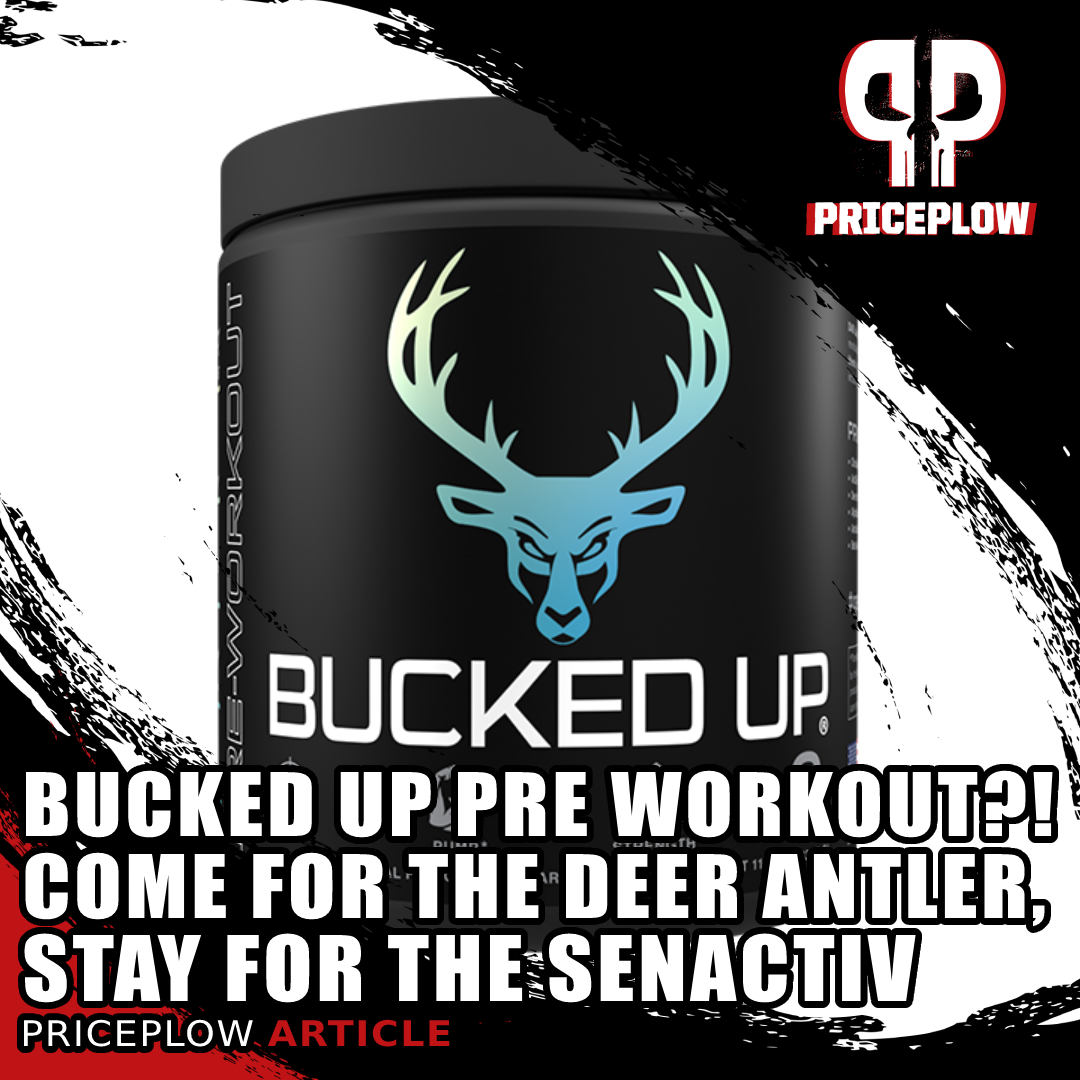
Deer antler velvet in a pre workout?! That's the hype, but we're more excited about the Senactiv / AstraGin combo for low-stim users!
The main premise behind the Bucked Up line of supplements is that they utilize Deer Antler Velvet in their formulas. This is an ingredient that has long been used in Traditional Chinese medicine, but hadn't made serious headway into the more technical sports nutrition sector of the supplement industry until DAS Labs stepped in.
In this article, we dig into deer antler velvet, and look at the research and potential constituents in this unique ingredient. We also consider that this is more of a lower-stimulant, entry-level pre workout supplement, given its 200 milligram dose - now considered low in today's high-energy society.
However, there's a plot twist: while we may debate the effects and dose of the deer antler, the real potential comes from two ingredients made by novel ingredient developer NuLiv Science: AstraGin and Senactiv. This potent combination may bring a serious amount of added endurance -- without blasting a massive dose of beta alanine.
So, as the title suggests, come for the deer antler velvet, stay for the Senactiv (and AstraGin). We dig in below, but first, check our PricePlow-based prices:
Bucked Up Bucked Up Pre-Workout – Deals and Price Drop Alerts
Get Price Alerts
No spam, no scams.
Disclosure: PricePlow relies on pricing from stores with which we have a business relationship. We work hard to keep pricing current, but you may find a better offer.
Posts are sponsored in part by the retailers and/or brands listed on this page.
See our ingredient discussion on WOKE AF, a Stronger version
In this article, we cover the standard Bucked Up Pre Workout with 200mg caffeine. However, to get a discussion on the same ingredients (but with more stimulants), see the video below:
Bucked Up Pre Workout Ingredients
Below is a list of what you get in each 10.4 gram scoop of Bucked Up Pre:
-
Citrulline Malate 2:1 - 6,000 mg
This unique pre workout is best for lower-stim users who don't want massive doses of beta alanine. Note that ActiGin is now known as Senactiv
The steadfast, tried-and-true anchor of nearly every pre workout supplement, citrulline brings the nitric oxide pumps in a 2:1 citrulline malate ratio, meaning we have a full over-clinical dose of 4 grams of citrulline.
L-citrulline is an amino acid (often found in watermelon) that is a precursor for another amino acid, L-arginine. L-arginine is then a precursor for nitric oxide (NO) by way of the nitric oxide synthase enzyme.[1] Increases in nitric oxide levels initiates a vasodilation effect where blood vessels relax and widen, leading to improved blood flow.[1] There are many benefits to this effect, including blood pressure improvements, but for our purposes, we get most excited about the pumps and nutrient delivery to muscle tissue!
Why citrulline over arginine then?
Supplementing citrulline to indirectly get arginine beats supplementing arginine directly because L-arginine gets metabolized too quickly during digestion due to the first pass effect, a process where bacteria in the intestine break the amino acid down prior to where it would be able to help us produce more nitric oxide.[2,3] This ultimately leads to better arginine levels and nitric oxide production from citrulline than arginine itself![4]
Endurance and recovery boosts atop nitric oxide pumps
A theme we're going to get into with Bucked Up Pre Workout is muscular endurance. The process above leads out to more ATP production, thereby enabling more work output and even better recovery.[5-7] At 6 grams of citrulline malate, we're at a clinically-dosed level (generally 3 grams of pure L-citrulline or 6 grams of citrulline malate).[8]
A 2020 meta analysis also confirms many findings across the board, further demonstrating that the process can help metabolic waste removal, reducing soreness and lowering perceived exertion.[9]
-
Beta-Alanine - 2,000 mg
If you feel a slight tingling sensation from Bucked Up Pre, it's not the deer antler velvet... it's the beta alanine! This amino acid works alongside the essential amino acid L-histidine to help your body generate more carnosine.[10,11] Carnosine then goes on to help your muscle tissues buffer lactic acid, and with less of that around, you get more endurance.
Regarding the dosage, tingling, and scooping
There's good news and bad news with this dosage.
Carnosine helps your body flush lactic acid out of the muscles. Beta alanine helps you get more muscle carnosine content.
The bad news is that a 2 gram dose is not the clinical daily dosage of 3.2 grams beta alanine, so the studies cited below won't fully apply to you unless you take a more costly 1.5 scoops (which is definitely feasible at 200 milligrams caffeine per scoop). The good news is that if you don't like massive amounts of this ingredient due to the tingling sensation, known as paresthesia, you should feel less of that here.
On the note of the tingles, it's worth noting is that there was a 2019 safety study that looked at several beta alanine studies and noted that it "does not adversely affect those consuming it".[12] Some love the feeling, some don't but regardless, it's non-toxic.
Now on to the endurance research, assuming you did find a way to get at least 3.2 grams in per day:
Two meta analyses on beta alanine
Thankfully, we now have enough beta alanine research to simply cite the reviews on it:
- In 2012, researchers analyzed 15 studies on 360 participants. They found that athletes performing exercises ranging from 1-4 minutes long would get improved endurance from beta alanine.[13]
- In 2016, an even larger review looked at 40 studies on 1461 participants. These researchers saw even better effects - endurance gains from exercises that ranged from 30 seconds to 10 minutes long.[14]
L-Histidine joins forces with beta alanine to create carnosine. Beta alanine is the rate-limiting part of this equation, so supplementing more will yield greater carnosine levels.
The studies in the above meta analyses cover many types of exercises, which do include weight lifting, but often focused on endurance sports such as running, cycling, swimming, and rowing.
-
Caffeine Anhydrous - 200 mg
Bucked Up Pre has 200 milligrams caffeine, which is now on the lower side of the market and marks this as more of an entry-level pre workout supplement for those who are either new to taking stimulants for a workout, or simply don't want too much.
Most gym-goers understand how caffeine affects them at this point. Mechanistically, the ingredient (scientifically known as trimethylxanthine) crosses the blood-brain-barrier and inhibits adenosine and phosphodiesterase,[15] causing you to wake up!
Some added benefits are that caffeine can free up fatty acids for energy use by increasing fat oxidation a little bit, but we don't really lean on that effect, especially not at this dose.[16-18]
-
Taurine - 100 mg
Of all of the ingredients on this label, the dosage of taurine here is the real head-scratcher. While this is one of our favorite ingredients for all kinds of benefits, namely endurance,[19] cognition,[20] and general cell volume / hydration,[21] but we generally need to see at least 500 milligrams before we discuss those benefits, and prefer a full gram or more if possible.
Dosing taurine is usually not a problem, since the ingredient is inexpensive and doesn't disrupt taste too much. For those reasons, we're not so sure why DAS Labs dosed it so low. Searching for "100 mg" in research studies to see if there are any clinical human effects at this range only led us to finding animal studies where they were administering 100 mg/kg, so we know that massive doses can be tolerated.
We can (and will) argue about DAS Labs' headline ingredient, Deer Antler Velvet below. But 100 mg taurine is just... odd. Perhaps they forgot to add a zero early on in the process and the mistake just carried through to production. Who knows - maybe they'll give us a comment to insert here, but we wish there were more.
Don't get us wrong, we'll take any taurine over no taurine, but why not kick this up a bit at minimal added cost to get nearly immediate improvement to endurance?
-
Himalayan Rock Salt -- with Trace Minerals - 100 mg
It's well-known that sodium is a critical mineral that regulates countless biological functions, earning what we believe to be an unnecessary and incorrect negative reputation.[22]
Sodium is an electrolyte that maintains nerve impulses and fluid levels.[23] With that mechanism, it modulates blood pressure and blood flow.[24] For athletes, sodium reduces muscle cramps by keeping the muscles properly hydrated.[25]
To get sodium and various trace minerals that can help with other biochemical reactions,[26] DAS Labs adds Himalayan rock salt to Bucked Up Pre. A 100 milligram dose yields about 39 milligrams of sodium, or 2% of the recommended daily value. It likely also improves taste.
While this isn't a massive dose, we are pro-sodium and anti-sodium-fear mongering, especially around training, and will gladly take it.
-
Deer Antler Velvet Extract - 50 mg
Now for the part that everyone came here for, and the driving force behind Bucked Up's marketing efforts, Deer Antler Velvet! Thanks to its potential constituents, this controversial supplemental ingredient has some research worth investigating, so let's dig in:
What's Deer Antler Velvet? What's in it?
Deer Antler Velvet is exactly what it sounds like -- crushed antler from actual deer -- specifically the base of the antler. Elk is also sometimes used, but we assume that Bucked Up Pre is using deer exclusively, since that's what the label states.
Antler velvet has traditionally been used in Chinese medicine to help with gynecological issues, immunity, cardiovascular disease, and general tissue health.[27] The general idea stems from the fact that the deer regenerate their antlers so well, and hormones circulate throughout the antlers, so their constituents should be health-promotional.
Generally, the deer are put on painkillers and the antlers are sawed off, and the process does not kill the animals -- they instead regrow them.[28,29] Quite obviously, this is far from a vegan dietary supplement ingredient.
Inside, there are many constituents, with familiar ingredients like joint health-promoting collagen, chondroitin,[30] and hyaluronic acid[31] and many dietary minerals (especially calcium), going beyond proteins, sugars, fatty acids.
Hormones inside?!
We're not sure where these researchers got this information from, but take a look at the noted hormonal constituents in deer antler![32]
Interestingly, however, one study claims there to be several hormones inside, including very small amounts of testosterone and testosterone precursors, per the text of one study shown to the side. Unfortunately, the study doesn't state their source of information, who performed the testing, or how it was done.[32] In general, deer antler velvet seems to most resemble the constituency of bone.[33]
Can those constituents lead to gains in the gym? We look at the research next:
The deer antler research
There have been a few studies done on the human consumption of deer antler velvet - some successful, some not.
No testosterone gains
Given the fact that deer antler velvet contains small amounts of testosterone and other hormones, it's worth seeing if it can boost testosterone in men.
Unfortunately, three studies that tested for testosterone increases have failed to establish any hormonal changes.[32,34,35] These studies also used far more than what's in Bucked Up Pre (1 gram,[32] 1.5 grams,[34], and 560 milligrams[35]). We also don't know what the standardizations in Bucked Up Pre are for.
Potential increase in power and strength!
All is not lost, however. Two of the above studies tested power output, and one of them showed an increase[34] while the other did not.[35] It's worth noting that the successful study used 1.5 grams per day, which we're nowhere close to in this supplement.
Possible endurance and strength increase at very large doses
On BuckedUp's website, they mention that a study demonstrated users getting a 4% increase in bench press and 10.1% in squats, along with "significant improvement in aerobic capacity" compared to placebo. Finding that study in the Central European Journal of Sport Sciences and Medicine,[36] we learn that the researchers used a massive 2700 milligrams of deer antler velvet per day[36] -- over 50x what we have in a serving of Bucked Up Pre!
Needless to say, we don't think these potential benefits can be attributed to this pre workout supplement, although there might be something to be said about very high-dose deer antler velvet supplementation.
Rather than hang any hats on this ingredient, especially at the 50 milligram dose, we find the combination of the next two what will really drive some of the endurance-boosting effects from Bucked Up Pre.
-
AstraGin (Astragalus, Panax Notoginseng) - 25 mg
Now it's time to amp up the ingredients - especially the citrulline pumps and the one below. Bucked Up Pre Workout does that with AstraGin, an incredibly popular bioavailability-boosting ingredients created by NuLiv Science. Using the bioactive astragalosides and ginsenosides from proprietary extracts from Astragalus membranaceus and Panax notoginseng, NuLiv Science has demonstrated how AstraGin can increase nutrient uptake and improve the bioavailability of the other ingredients in a supplement's formula.[37]
Amplify your citrulline pumps
Most specifically to Bucked Up Pre, AstraGin has been shown to improve the uptake of citrulline, as shown by the chart below:
One of AstraGin's most popular use-cases is its ability to enhance citrulline absorption - especially right when we'd want it: during our workout![37]
How AstraGin works
AstraGin works by upregulating mRNA and a few very important transporters, such as:[37]
AstraGin is a combination of Astragalus and Panax Notoginseng that's been shown to increase ingredient absorption, especially of amino acids!
- Sodium-glucose cotransport 1 (SGLT1) -- sodium-dependent glucose uptake control across cells,
- Glucose transporter type 4 (GLUT4) -- proper glucose level maintenance,
- Cationic amino acid transporter 1 (CAT1) -- amino acids shuttling
AstraGin can even help with gut function and gut permeability,[37] potentially making any ingredient absorb better, although we don't have data on every single one in Bucked Up.
Finally, there may be synergy with the following ingredient, which we truly believe to be the endurance rockstar agent in Bucked Up Pre, covered next:
-
Senactiv (formerly named ActiGin) (Panax Notoginseng, Rosa Roxburghii) - 25 mg
Senactiv is another ingredient made by NuLiv Science, but on the current Bucked Up Pre workout label, it's listed as its former name, ActiGin. We assume this will be updated in the future, so we'll call it Senactiv from here on out.
Made from different parts of Panax notoginseng than AstraGin in addition to Rosa roxburghii, the research here is geared towards endurance and VO2max increases.
Introducing senolytics
Out with the old, in with the new. Regenerate senescent cells and improve performance with NuLiv Science's Senactiv
Senactiv is what's known as a senolytic ingredient -- it helps the body replace deteriorating cells known as senescent cells by expediting their clearance process.[38] This makes way for new cell generation and promotes overall health and growth. The process occurs in the lining of skeletal muscle cells, making it great for those chasing muscle gains.
Better VO2max
NuLiv Science has performed research on the ginsenosides inside of ginseng -- a placebo-controlled study showed that muscle tissue exposed to the ginseng extract inside of Senactiv had diminished inflammation (via markers) and enhanced glycogen replenishment versus placebo.[39] Senactiv's ginseng portion boosted VO2max by 20% compared to placebo.[39]
Mechanistically, muscle tissue biopsies show Senactiv's ginseng portion can boost citrate synthase by 47%[39] -- and this is critical to ATP production and ultimately energy. Additionally, research has shown better inflammation markers, lower free radical damage, reduced lipid peroxidation, and improved muscle damage markers.[40-43]
Regenerate new cells faster with Senactiv
Improved VO2 Max from Senactiv means big things for everyone, not just endurance athletes! Image courtesy NuLiv Science.
Acutely, Senactiv can help replenish muscle tissue glycogen 2.7 times faster,[39] reloading you quicker for your next workout. It enhances the Pax-7 protein and MYf5 gene by 81%,[44] which indicates satellite muscle cell generation.
This is some very in-depth science, but the point is that this is a fantastic ingredient that DAS Labs has employed for quite a while - even before it was named Senactiv! You can learn even more in our article titled Senactiv from NuLiv Science: Regenerate Senescent Cells and Perform Better.
Further synergy with AstraGin
In another article on NuLiv Science's ingredients titled Astragalosides and Ginsenosides: Differentiating NuLiv Science's Ingredients, we discuss the synergistic effects of using both AstraGin and Senactiv together, and it's something we've really become supportive of:
"For example, AstraGin and its bioavailability-enhancing capabilities could help raise the effectiveness of something like Senactiv, helping the body better utilize its ginsenosides and rosa extract-derived bioactive constituents."[44]
Flavors Available
The number of flavors this product has is indicative of its monstrous success. Below is a list of flavors that are currently in stock -- there have been even more flavors in the past!
Come for the Deer Antler, Stay for the Senactiv
Bucked Up Pre Workout is an interesting one, to say the least. First things first, this is a lower-stim pre workout supplement meant for entry-level users. It goes without saying that if you need 400 milligrams of caffeine and other stimulatory ingredients to get going, then it's not going to be worth your time.
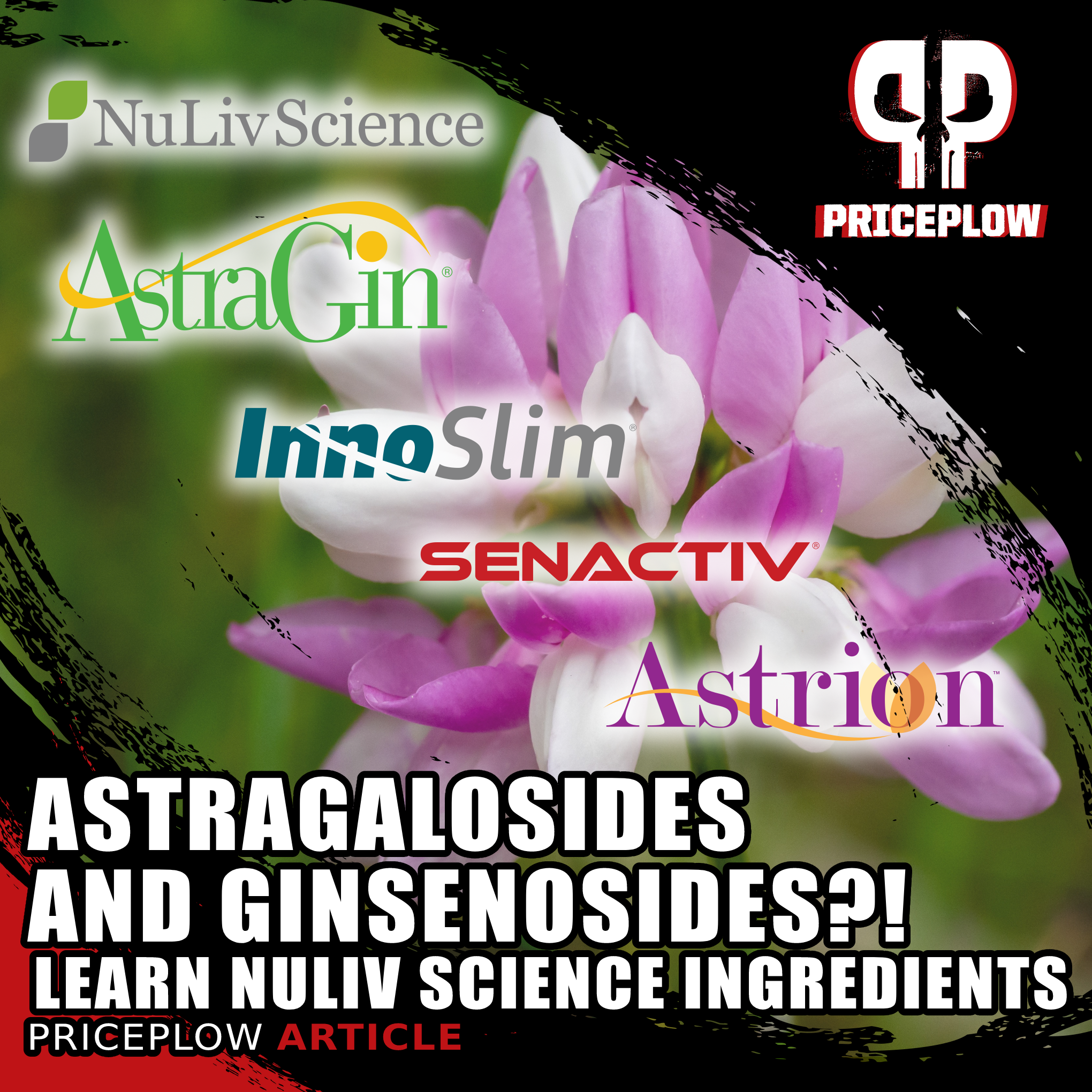
What are the differences in these NuLiv Science ingredients that use similar plants? We dive into the Astragalosides and Ginsenosides inside, and break down the different constituents of four of NuLiv Science's major sports nutrition ingredients
While their main marketing efforts are geared towards the deer antler velvet, that isn't the ingredient that interests us - at least not at the dose used. Instead, it's the combo of Senactiv and AstraGin that really seems to top off the endurance-enhancing effects of citrulline and beta alanine. Again, you can read about this in our Senactiv article as well as our in-depth look at astragalosides and ginsenosides.
Deer Antler Velvet is an interesting substance - but without knowing what it's standardized for, the 50 milligram dose just doesn't align to the successful studies that have been between 10 and 50 times the dose here. There might be some interesting hormones inside, but we just don't know.
So instead, consider this a good lower-stim pre workout supplement that can enhance endurance but won't have you tingling your entire face off. If you want to top off your beta alanine stores later in the day, you can always check out our beta alanine page to find some raw powder.
Meanwhile, if DAS could add an extra zero to the taurine score, that'd be great too. But if you want to try AstraGin and Senactiv in a low-stim form factor without alpha yohimbine or too much beta alanine, this is a pre workout to try.
Bucked Up Bucked Up Pre-Workout – Deals and Price Drop Alerts
Get Price Alerts
No spam, no scams.
Disclosure: PricePlow relies on pricing from stores with which we have a business relationship. We work hard to keep pricing current, but you may find a better offer.
Posts are sponsored in part by the retailers and/or brands listed on this page.
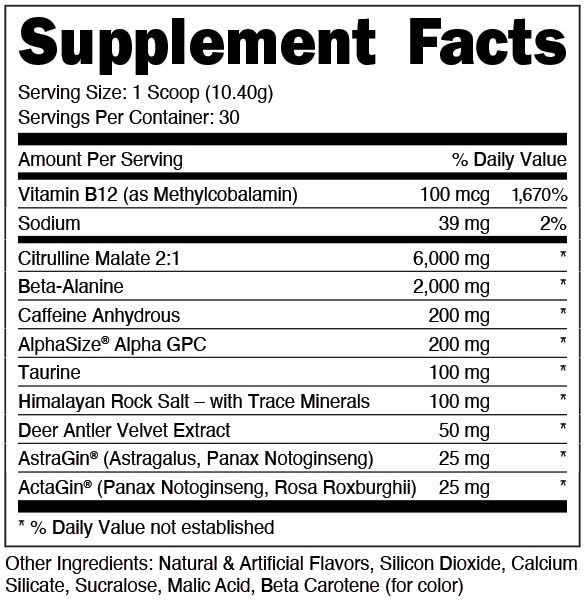
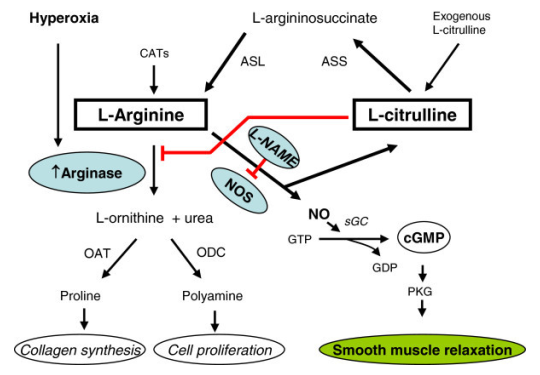
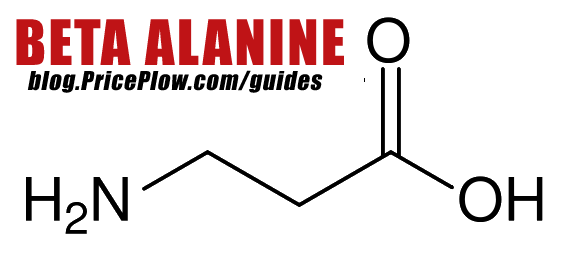

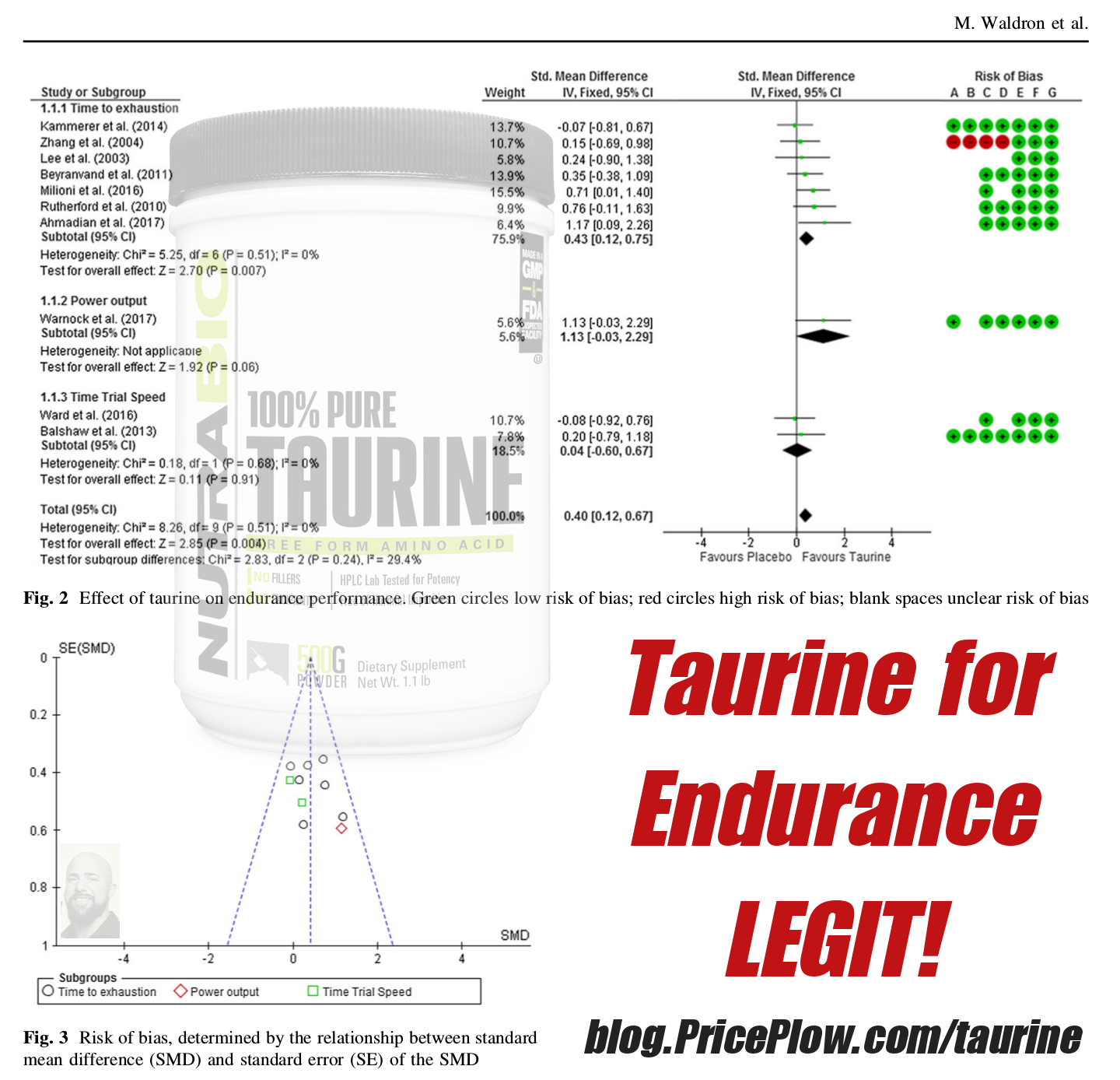
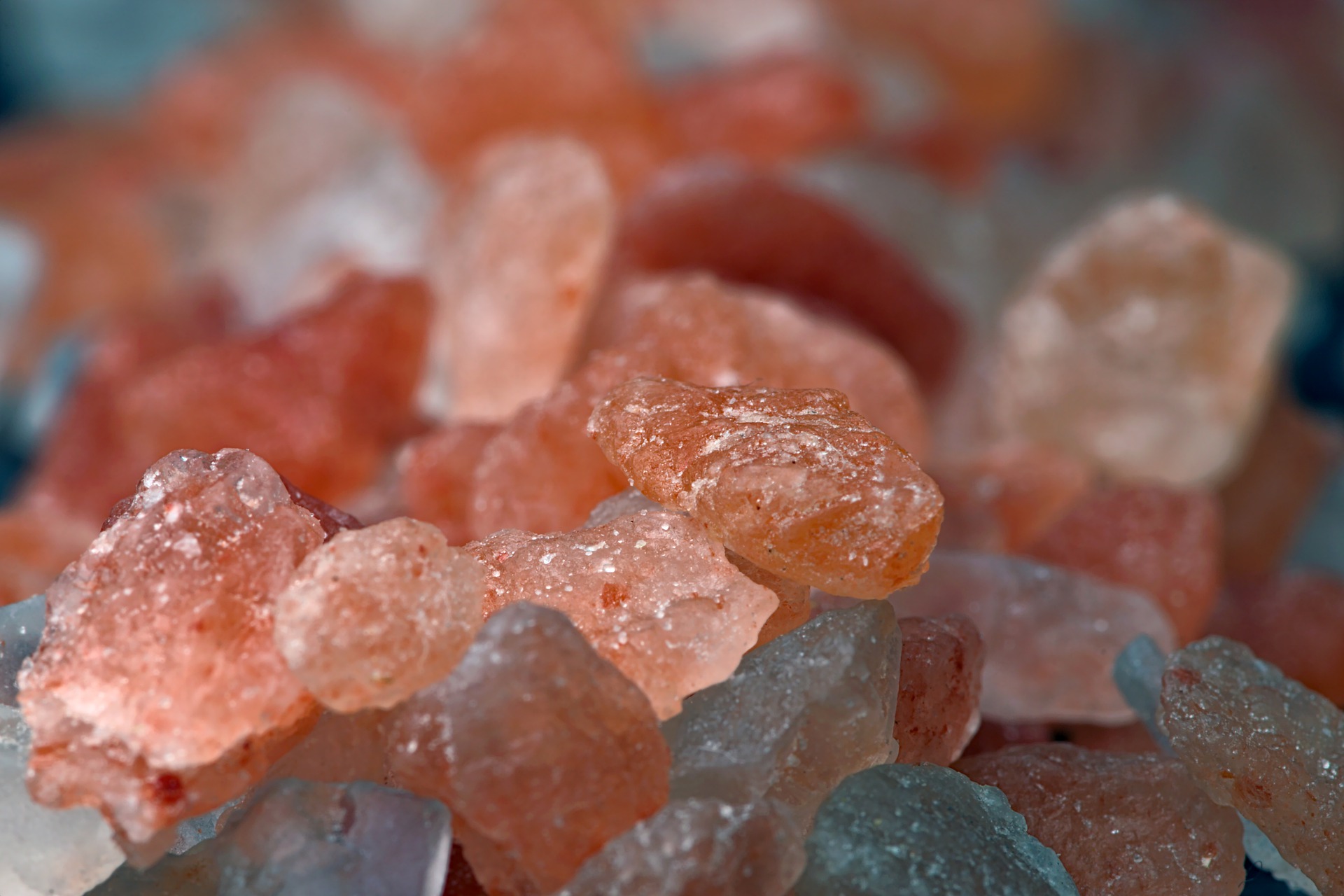

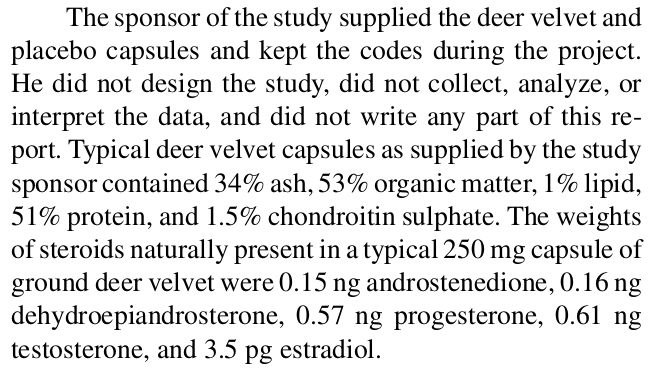
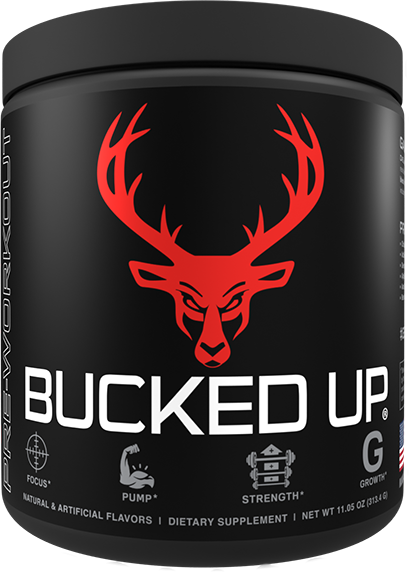
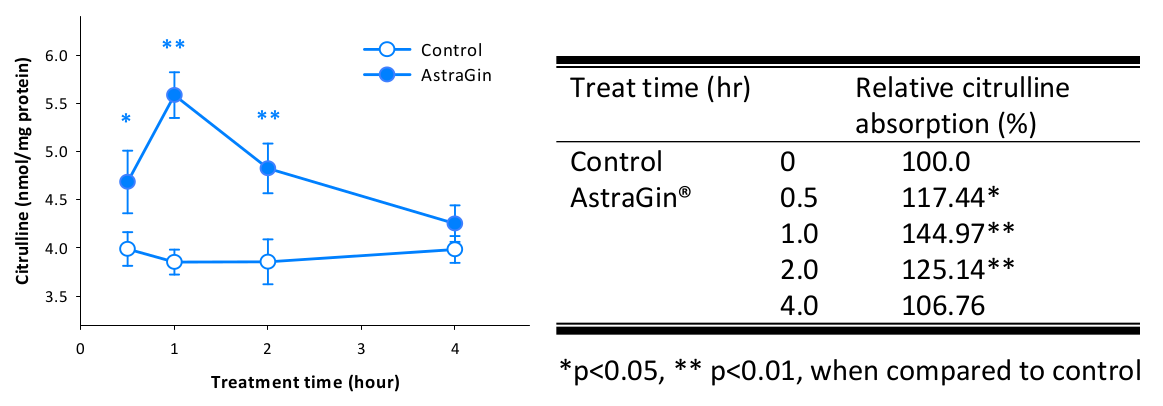

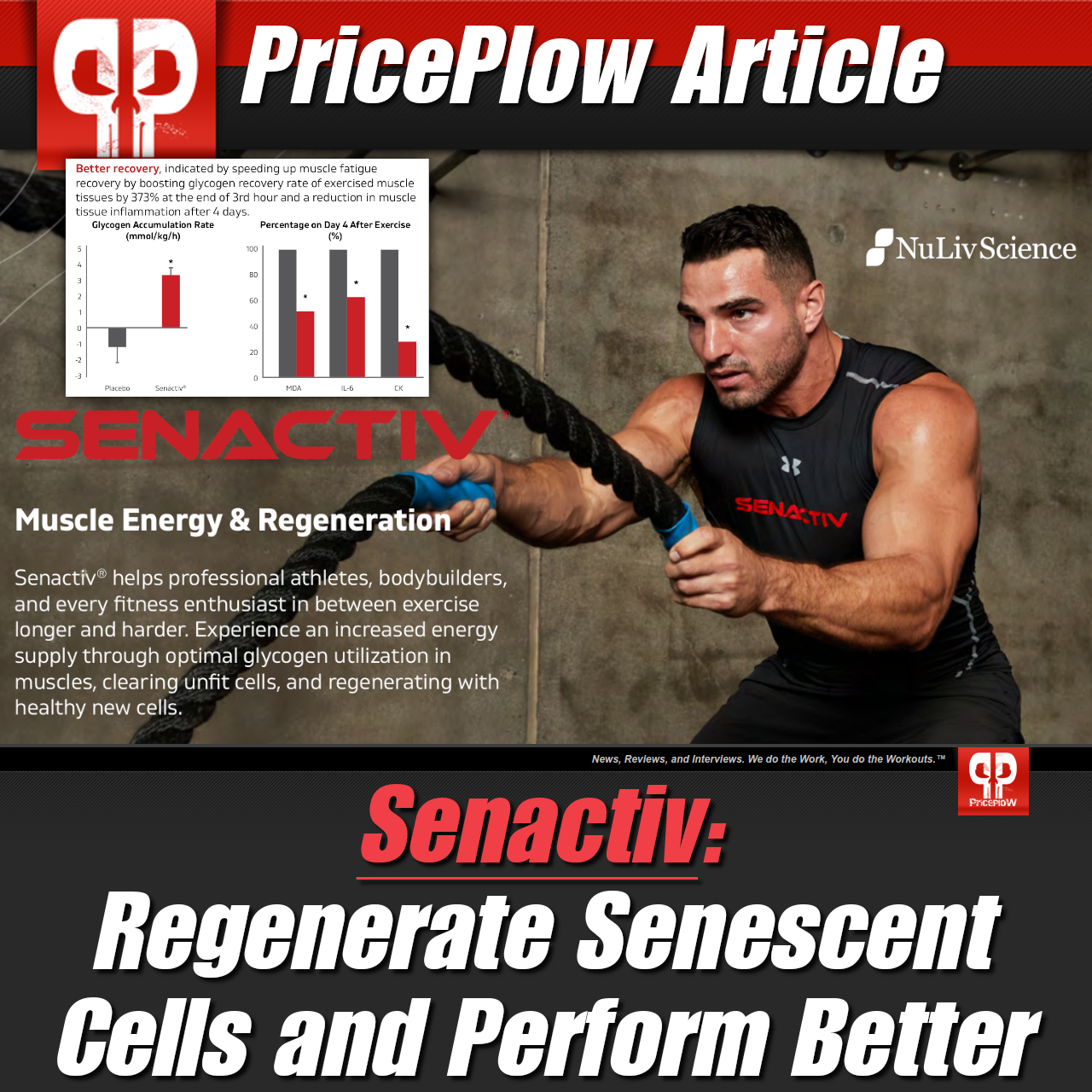
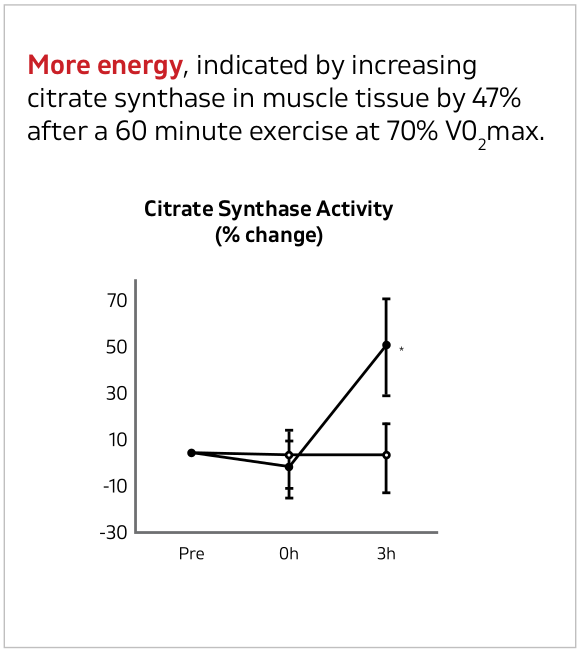


Comments and Discussion (Powered by the PricePlow Forum)